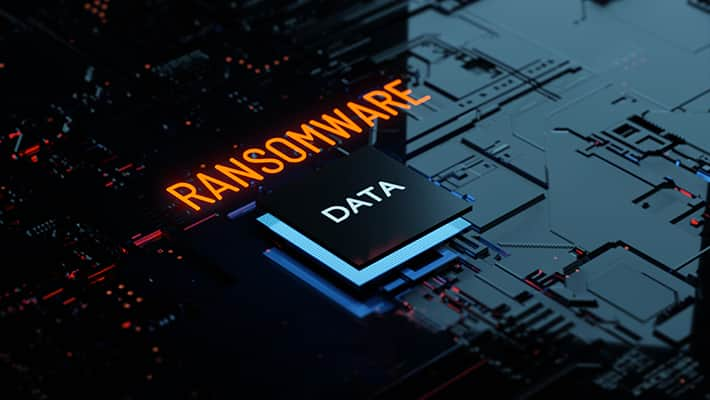Few cybersecurity challenges are as severe as ransomware except for trojans and viruses. However, for individuals and businesses alike, ransomware remains a serious problem. According to statistics compiled by Statista, 60% of organizations worldwide regained access to their data after making their first ransom payment. Some 84.5% of businesses that refuse to pay the ransom managed to recover their data. Additionally, 68% of companies in the US that experienced an attack paid the ransom.
Over the years, a significant number of malware attacks have taken place. Between 2015 and 2020, tens of billions of attacks were reported.
- 2015 – 8.2 billion malware attacks
- 2016 – 7.9 billion malware attacks
- 2017 – 8.6 billion malware attacks
- 2018 – 10.5 billion malware attacks
- 2019 – 9.9 billion malware attacks
- 2020 – 5.6 billion malware attacks
In 2021, Ransomware attacks across the United States had a significant effect. A study conducted by Joseph Johnson (30 July 2021) uncovered the following ransomware statistics:
- 35% of respondents – need to upgrade security systems
- 30% of respondents – temporary loss of data
- 28% of respondents – inability to use devices for personal use
- 24% of respondents – financial losses incurred
What is the Definition of Ransomware?
What is the Definition of Ransomware? At its core, ransomware is a type of malicious software (malware) that encrypts the content of files on a system. The attacker will then demand a ransom payment to decrypt the files and restore access. In some cases, the attacker may threaten to delete the data unless the ransom is paid.
How Does Ransomware Work?
There are a few ways that ransomware can find its way onto your system, but the most common is through email attachments or links. Once opened, the malware will begin to encrypt files on your local system and any connected network drives.
In some cases, it may even spread to other systems on the same network. Once the encryption process is complete, the cybercriminals will send you a message demanding a ransom payment to decrypt the files. The attackers will usually request payment in cryptocurrency like Bitcoin to remain anonymous.
What Are Some Examples of Ransomware Attacks?
While there have been many notable ransomware attacks over the years, here are just a few examples:
WannaCry – This attack occurred in May of 2017 and targeted computers running Windows operating systems by using Microsoft’s SMB protocol vulnerability. WannaCry was responsible for infecting more than 230,000 computers in 150 countries and causing billions of dollars in damages.
NotPetya – This attack took place in June of 2017 and used similar methods as WannaCry to spread itself across computer networks. NotPetya was responsible for causing damage estimated at 10 billion dollars.
Locky – Locky first appeared in early 2016 and quickly became one of the most prevalent forms of ransomware due to its ability to spread itself via phishing emails masquerading as invoices or other legitimate documents.
A cybercriminal gang created REvil, a variant of RaaS, to extort $70 million from a software company named Kaseye. Various ransomware strains have emerged over the past ten years, including Ransom32, LockerPIN, CryptoLocker, and Trojan WinLock. How these ransomware attacks are delivered, include:
- Phishing
- Vulnerabilities to exploit
- RDP and credential abuse
What Can You Do to Protect Yourself Against These Attacks?
You can do several things to protect yourself against these attacks:
- Backup Your Data – This is perhaps the most important thing you can do as it gives you a way to recover your data without having to pay the ransom.
- Educate Your Employees – One of the most common ways attackers gain access to systems is through phishing emails, so your employees must know how to spot these emails and what not to click on.
- Download and Install WOT – Browser add-ons like WOT (Web of Trust) can beef up your online security and alert you to threats. But before you download and install them, ask the hard questions like Is Web of Trust safe? Sure, WOT is. It’s available for your browser, and it guarantees a safe browsing experience. It will alert you to viruses and malware, instantly performing website security checks.
How Much Do Attackers Demand?
The amount demanded by attackers varies depending on how much data was encrypted. They also base it on the specific individual or business. Businesses tend to be asked for more considerable sums ranging from $10,000 to $50,000, while individuals typically pay between $200 and $500. The bottom line, stay safe and implement all necessary safety precautions to avoid falling victim to ransomware. Prevention is better than cure.


